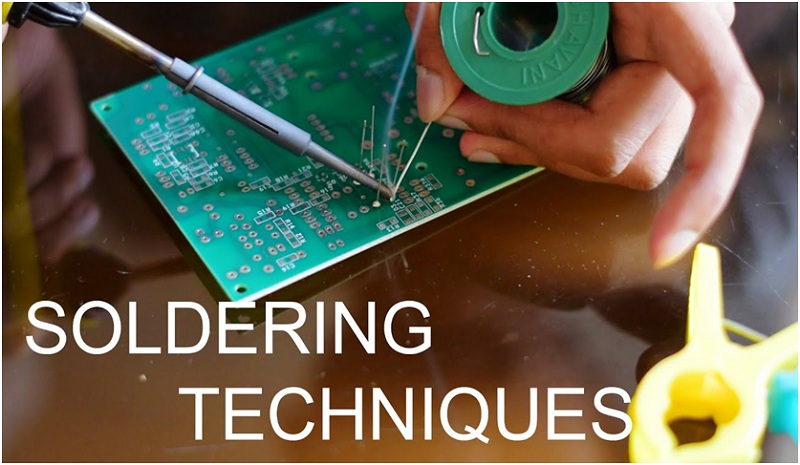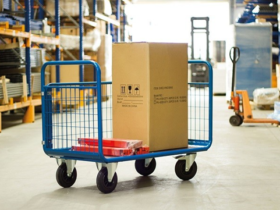Soldering is done by swiftly heating any metal pieces you want to connect and then using flux and solder to the surfaces of the pieces, causing a solder joint: the metals are joined to build a marvellous electrical link and a sturdy mechanical connection.
The warmth is delivered by a soldering iron. Flux is a chemical cleaner which is employed for cleaning the exteriors of hot metal. Solder is an alloy of non-ferrous metals that has a low melting point.
While novel environmental laws have caused the increase of lead-free solder, most solder is prepared from lead and tin. Solder prepared from tin/lead is generally expressed by the proportion of every substance present — for instance, 60/40 solder comprises 60 percent tin and 40 percent lead and the melting point is verified by the blend of solder. Read further in this guide to soldering techniques to know in detail.
Proper soldering technique
Many soldering tasks can be executed with flux-cored solder that is solder with the flux entrenched in the centre of the solder wire, as long as the surfaces being attached are free from grease, rust or grime. Flux might be used independently, but it just cleanses oxides from the surfaces being connected. Filth, soot, oil, grease, etc. must be cleaned by other techniques prior to striving to solder. Buy the best and most efficient solder fume extractor.
A solder joint contains lead and the circuit traces on the circuit board (printed). The composition, mass, and spotlessness of the lead and PCB trace or pad would power the capability of the solder to run and stick (wet), giving a dependable bond.
Don’t forget the essential ways to protect yourself from toxic fumes.
Additional soldering technique
- Miniwave soldering
Miniwave soldering is a miniaturized deviation of wave soldering in which a circuit board occupied with elements is positioned in running solder to selectively solder elements. Miniwave soldering uses this identical technique one element at a time. This is an automatic technique and has the advantage of being effortlessly reproducible.
- Lead-free soldering
Lead-free solder could be managed with a conventional iron, but it needs superior soldering iron temperatures. It takes a few alterations to utilize, while it could be harder to scatter. Employing lead-free solder also needs more vigilant iron preservation as superior temperature causes faster oxidation and can lower the life of a solder tip. It is essential to understand that lead-free solder joints tend to cause tin whiskers and solder bridges.





